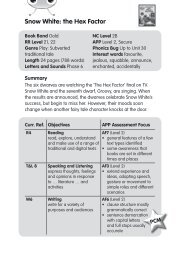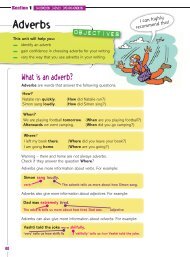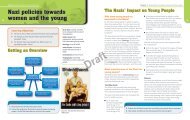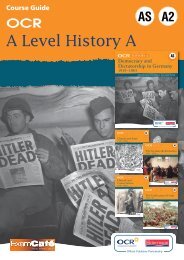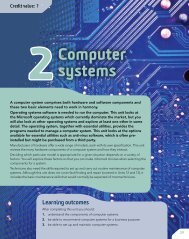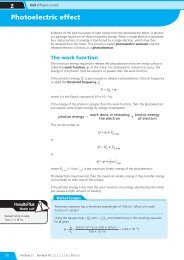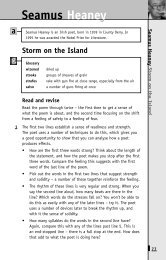Unit 1 Developing effective communication in health and social care
Unit 1 Developing effective communication in health and social care
Unit 1 Developing effective communication in health and social care
Create successful ePaper yourself
Turn your PDF publications into a flip-book with our unique Google optimized e-Paper software.
<strong>Unit</strong> 1 <strong>Develop<strong>in</strong>g</strong> <strong>effective</strong> <strong>communication</strong> <strong>in</strong><br />
<strong>health</strong> <strong>and</strong> <strong>social</strong> <strong>care</strong><br />
Barriers to <strong>communication</strong><br />
There are different types of barriers that can block <strong>effective</strong> <strong>communication</strong>.<br />
● Information may not be received.<br />
● Information may be received but not ‘decoded’ correctly.<br />
● Information gets through but what you underst<strong>and</strong> is distorted by perception.<br />
1. Fill <strong>in</strong> the brick wall below with your own ideas about how these barriers might occur.<br />
BTEC Level 3 National Health <strong>and</strong> Social Care<br />
E.g. Us<strong>in</strong>g slang or<br />
jargon<br />
2. For each of the follow<strong>in</strong>g, give a def<strong>in</strong>ition <strong>and</strong> state how it may overcome barriers to <strong>communication</strong>.<br />
Open questions:<br />
Probes:<br />
Prompts:<br />
Stretch<br />
AS8<br />
Research the work of Mart<strong>in</strong> Seligman (1967) <strong>in</strong>to ‘learned helplessness’. Produce a poster to expla<strong>in</strong> the<br />
concepts to your classmates.<br />
1 © Pearson Education Ltd 2010. Copy<strong>in</strong>g permitted for purchas<strong>in</strong>g <strong>in</strong>stitution only. This material is not copyright free.



